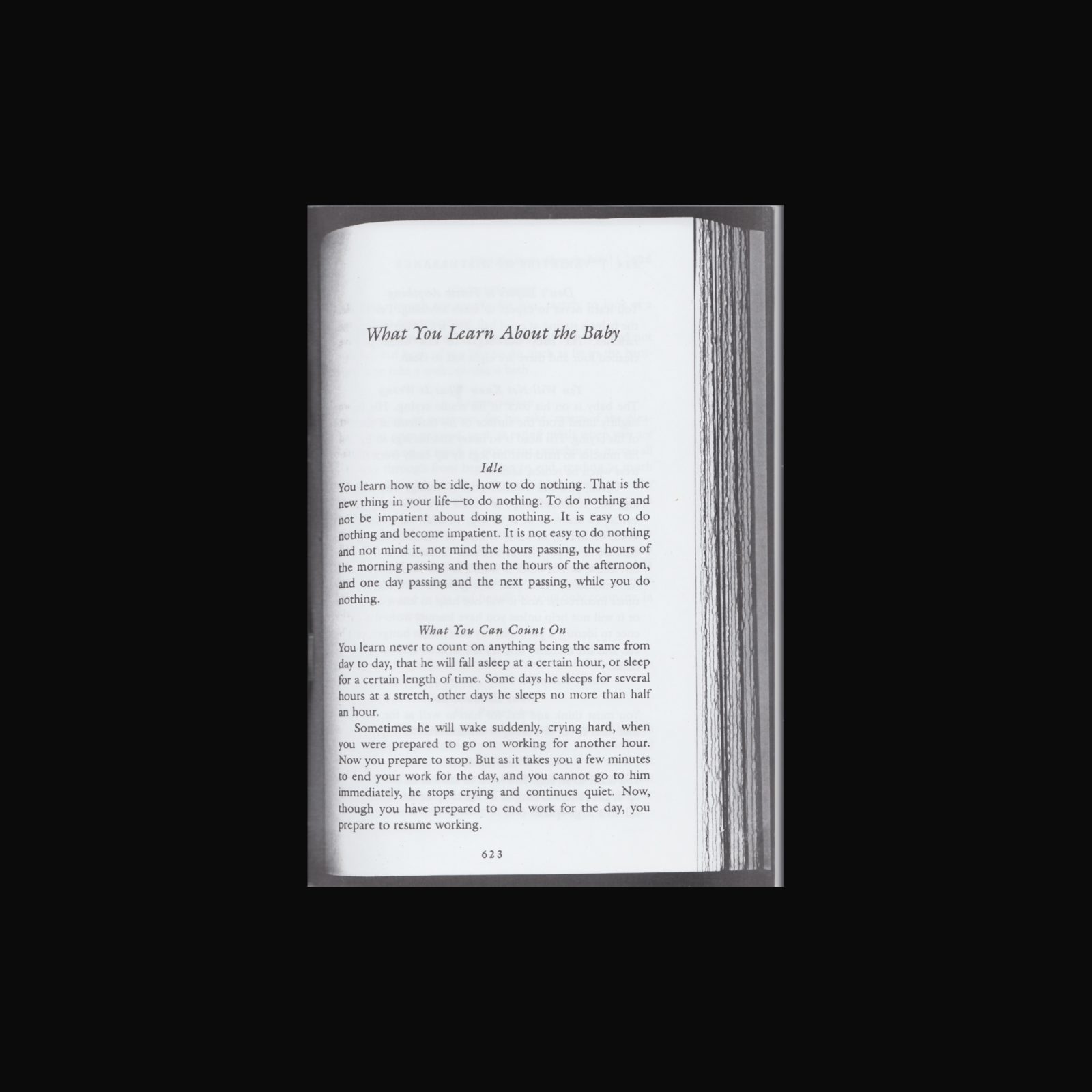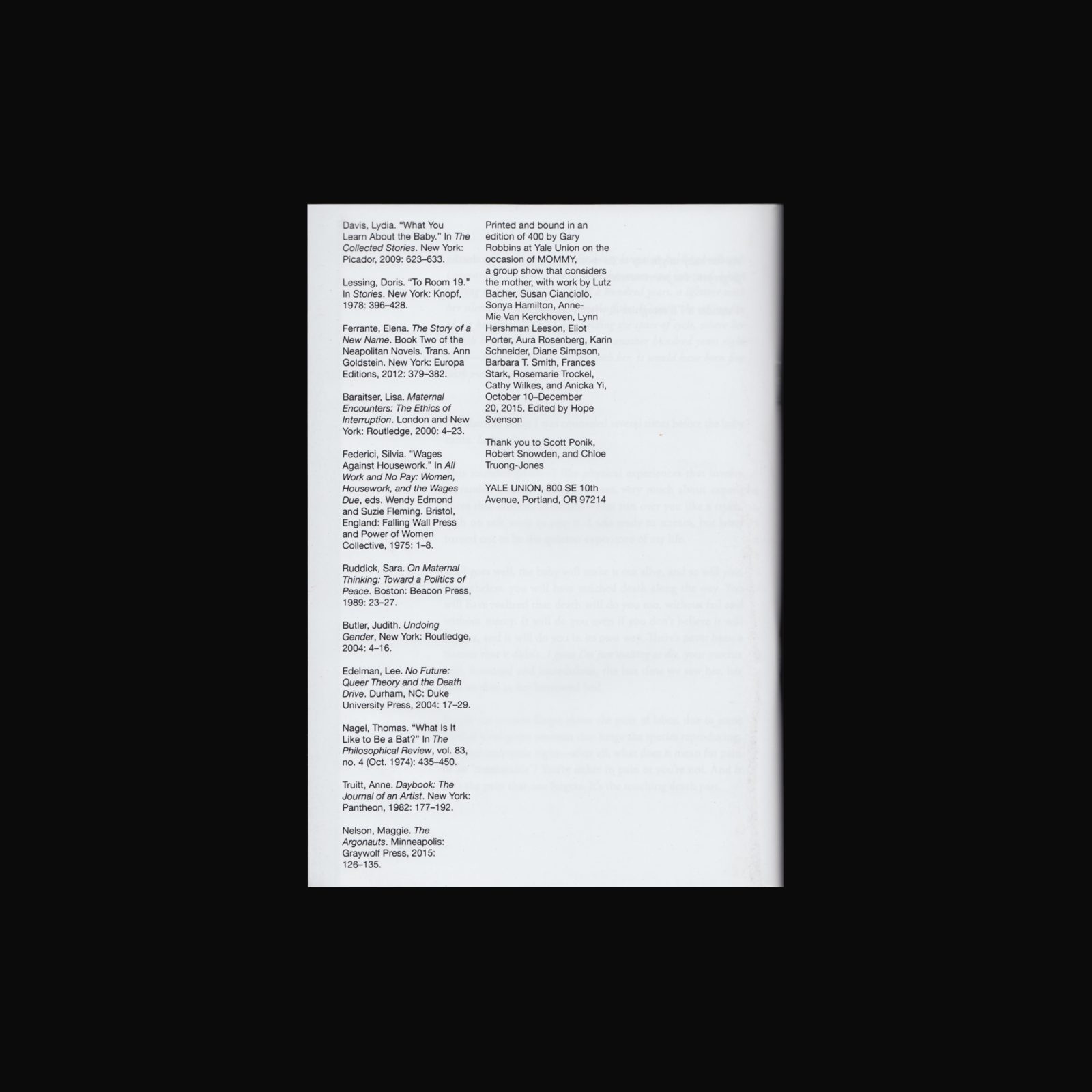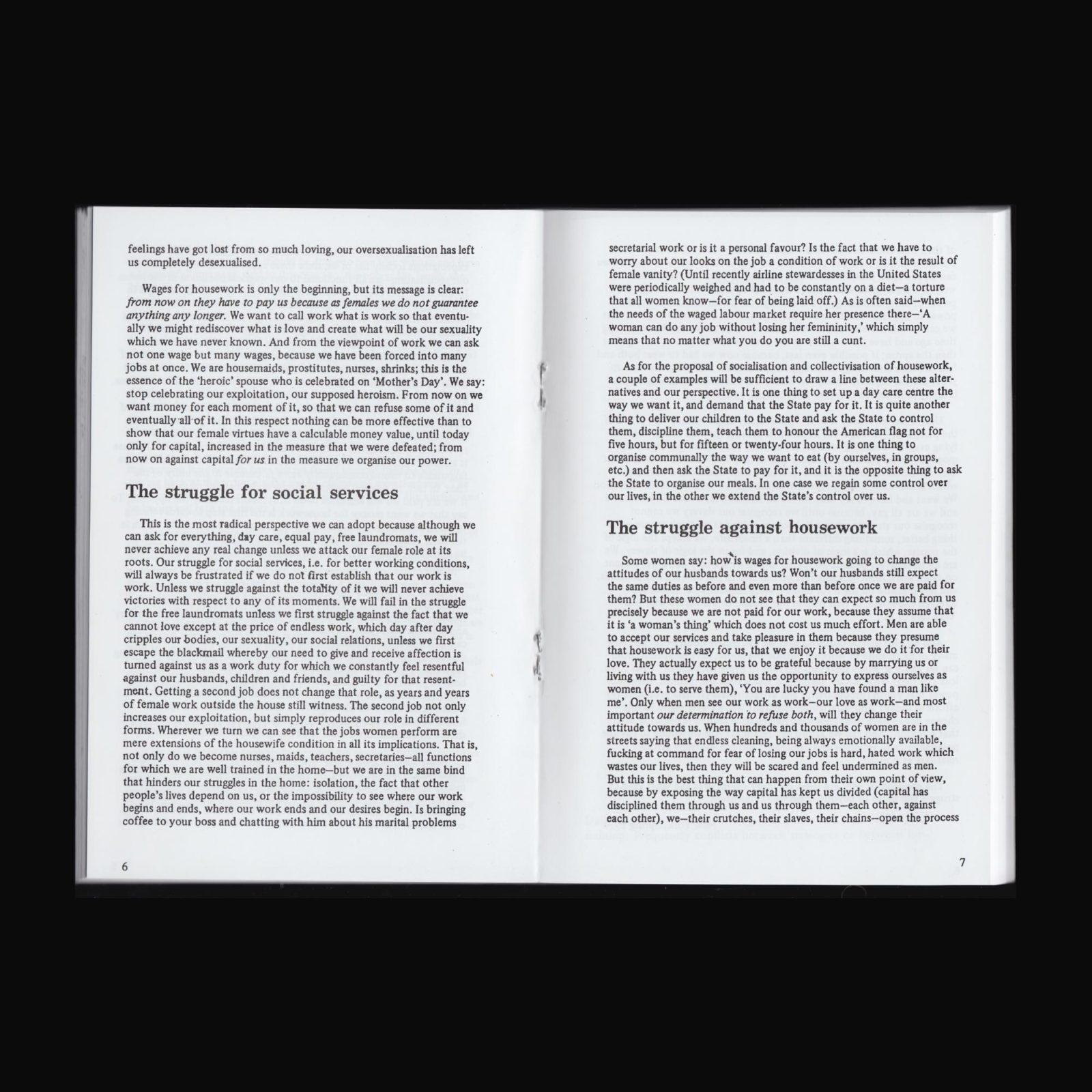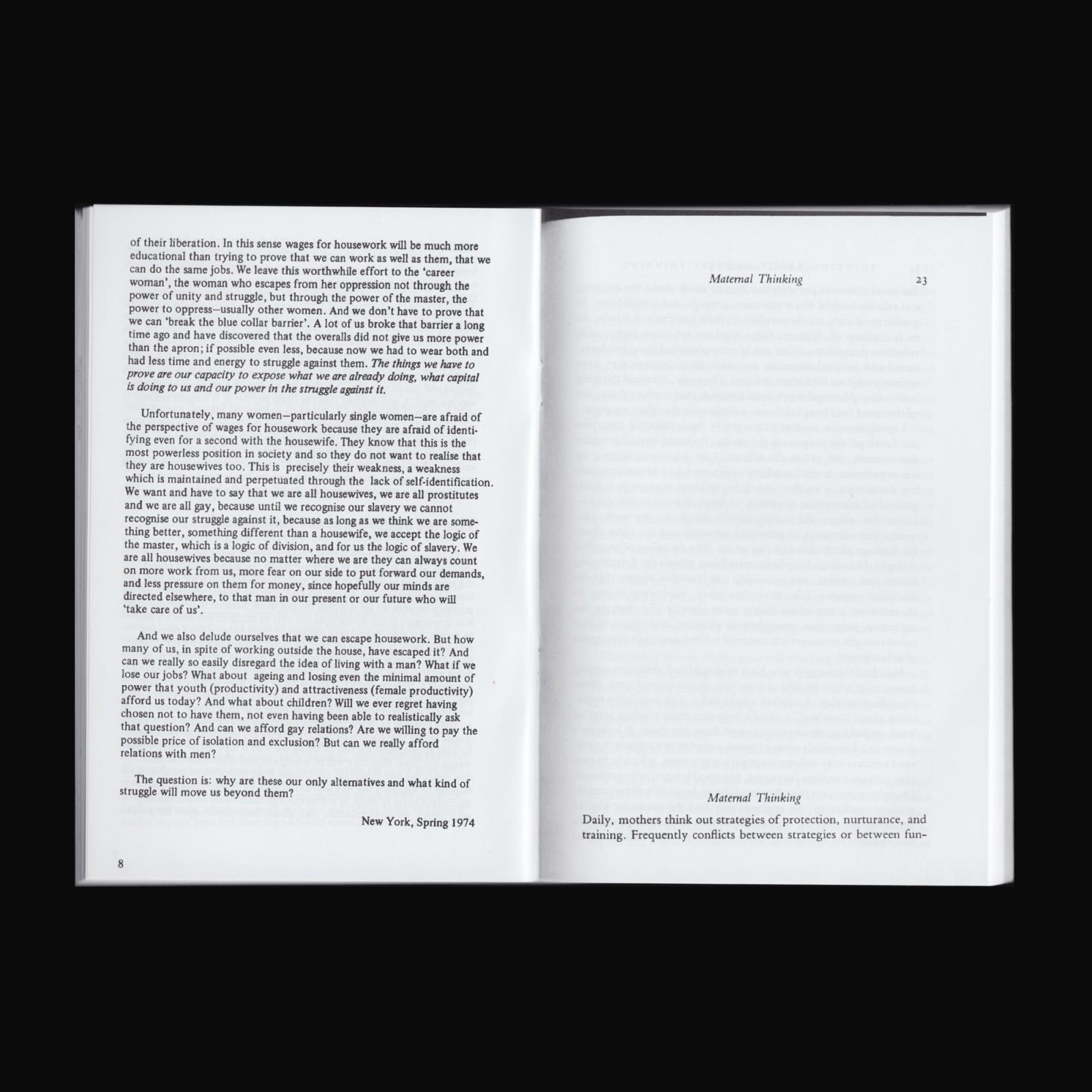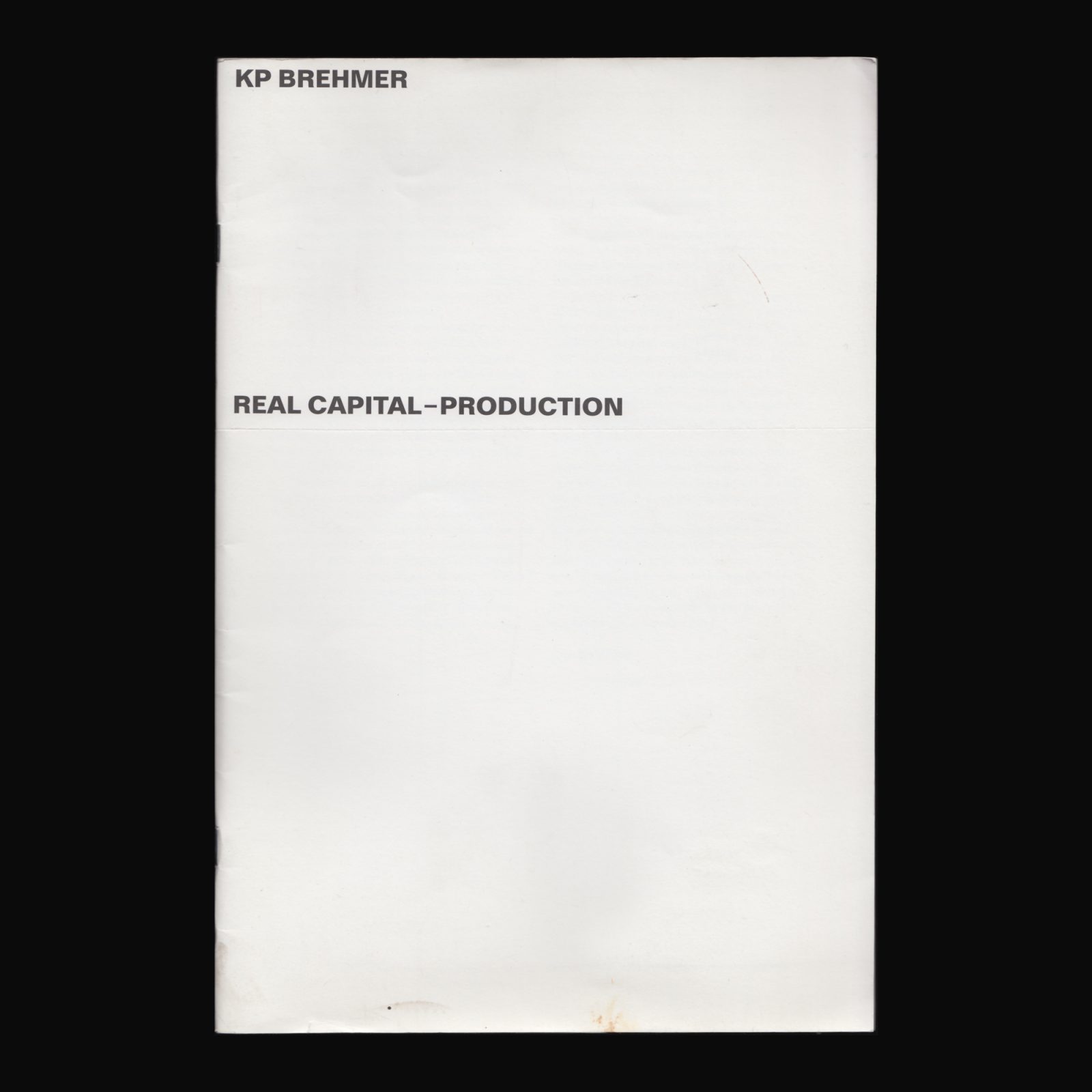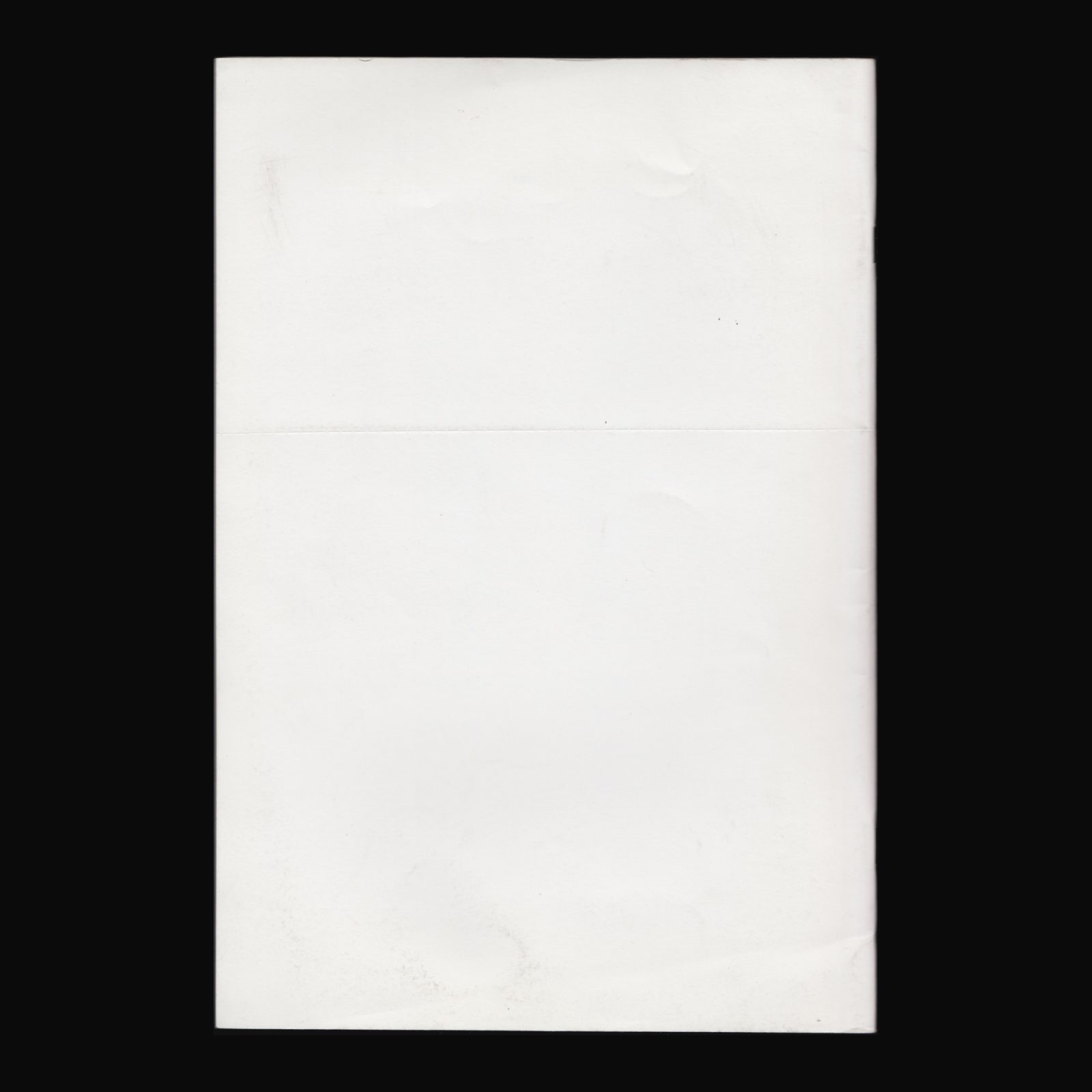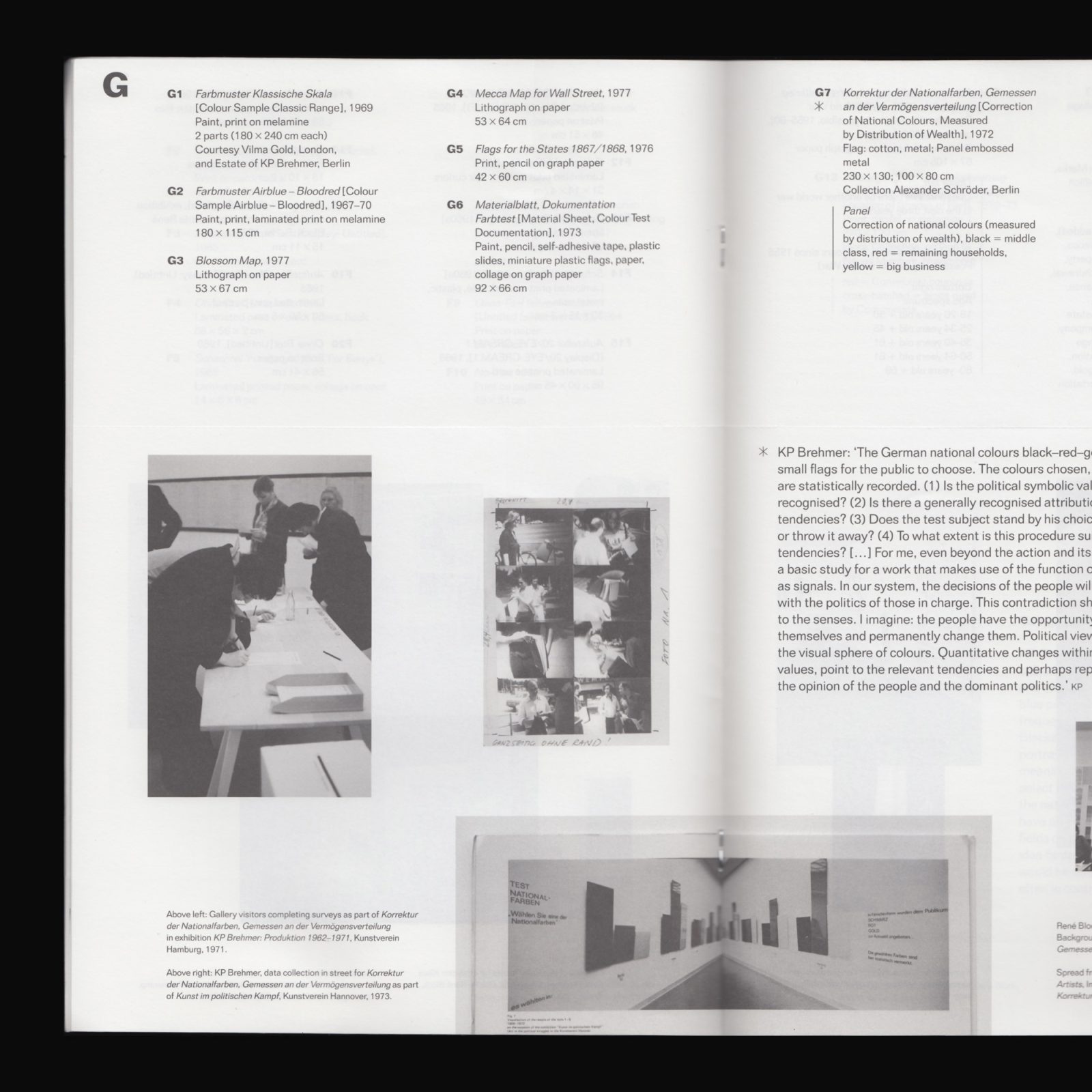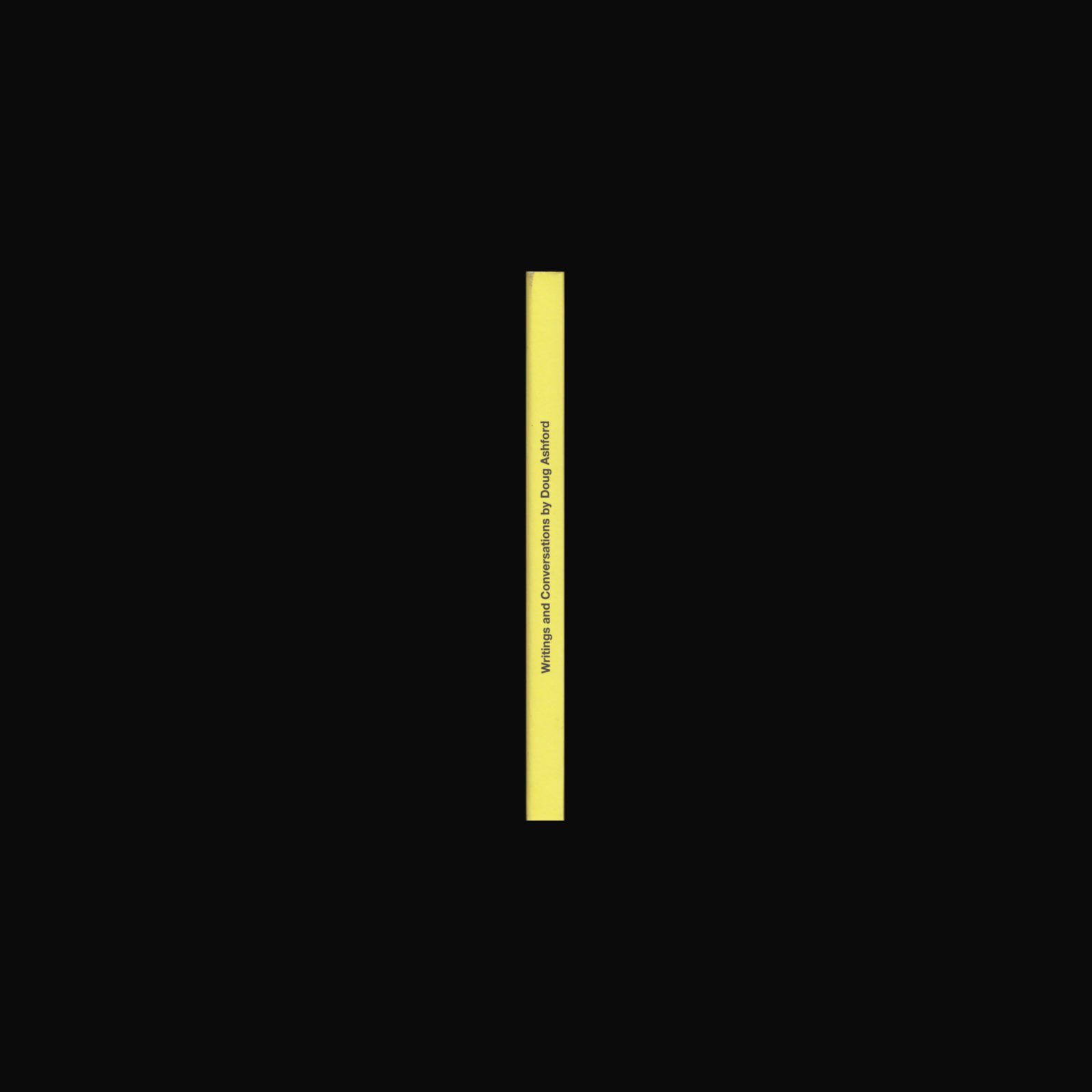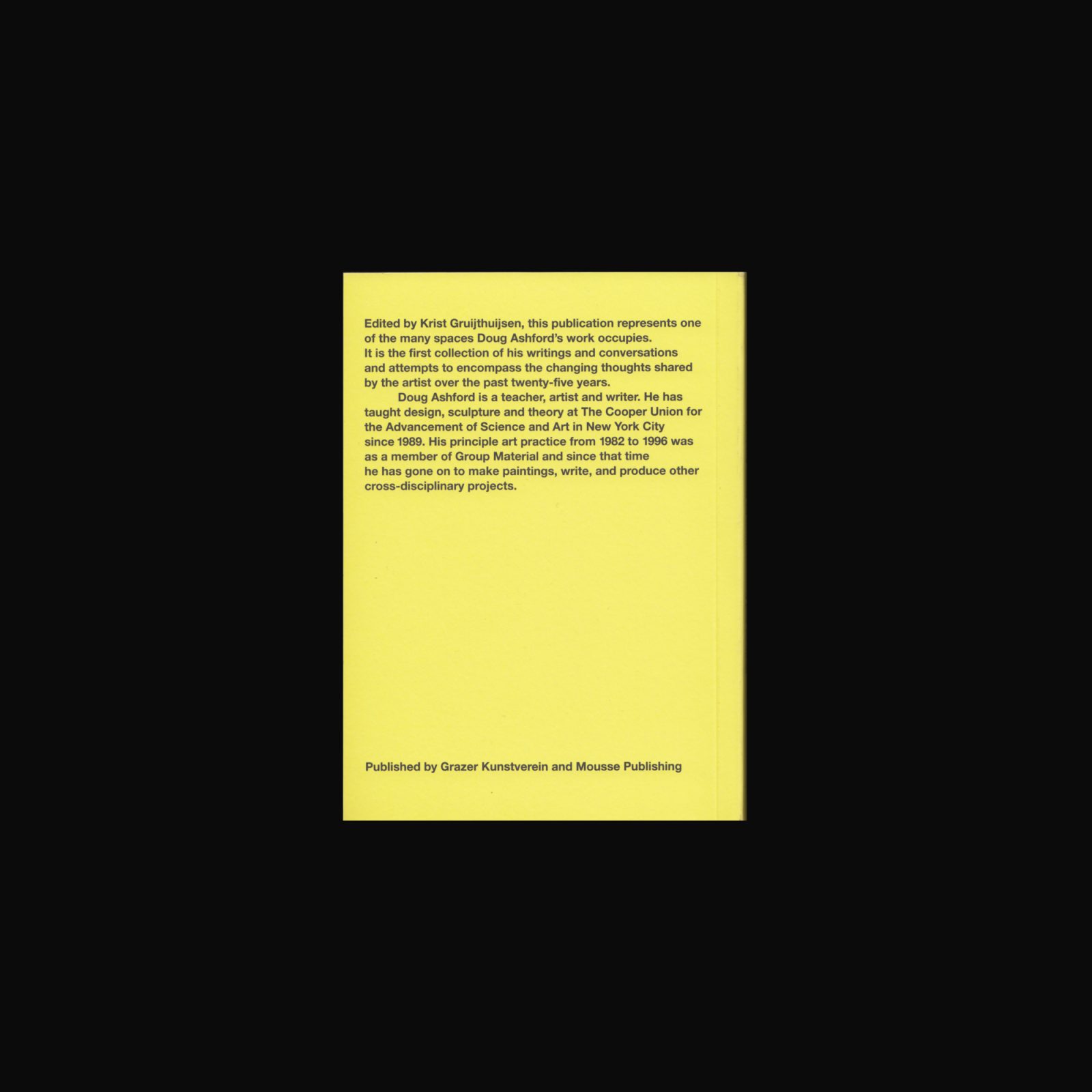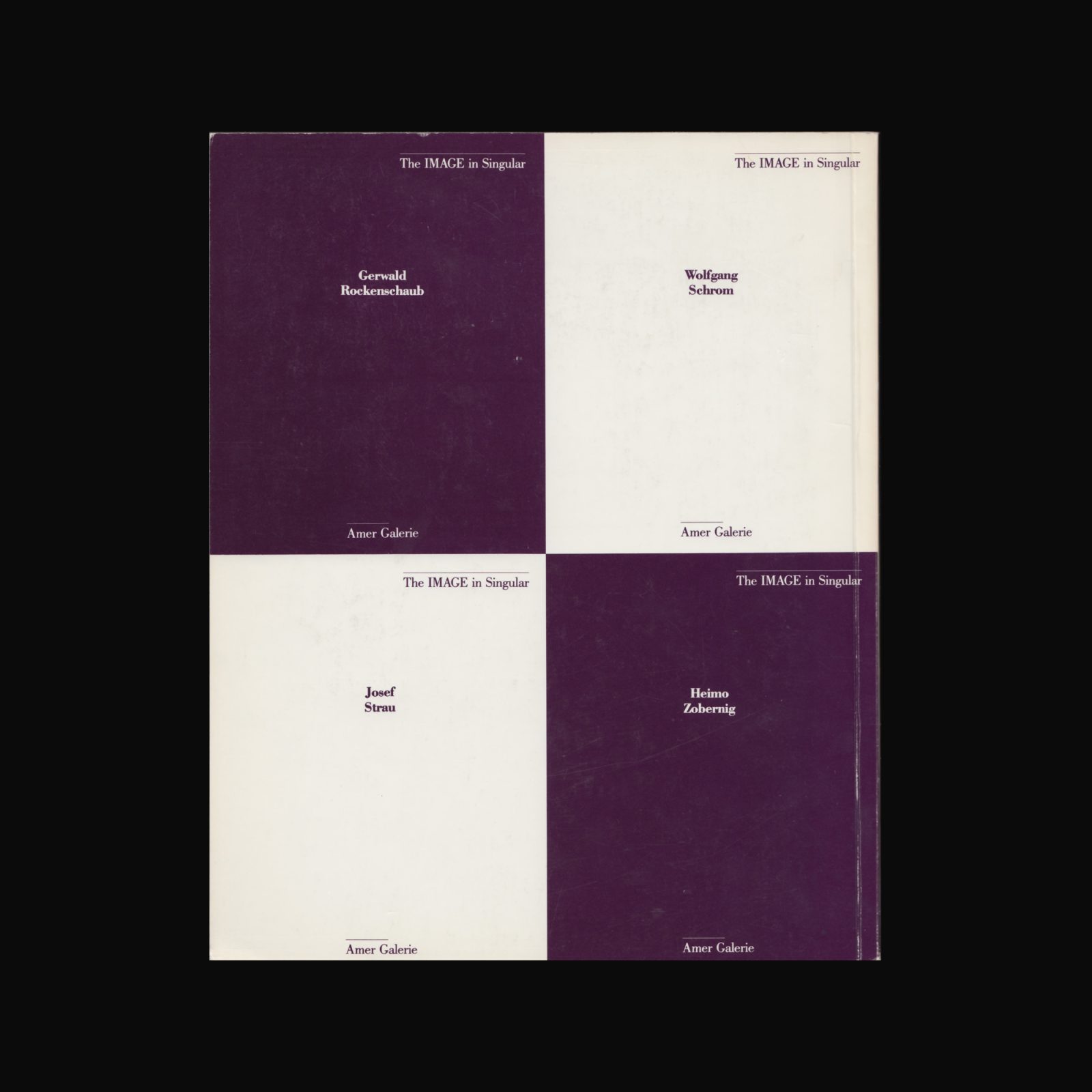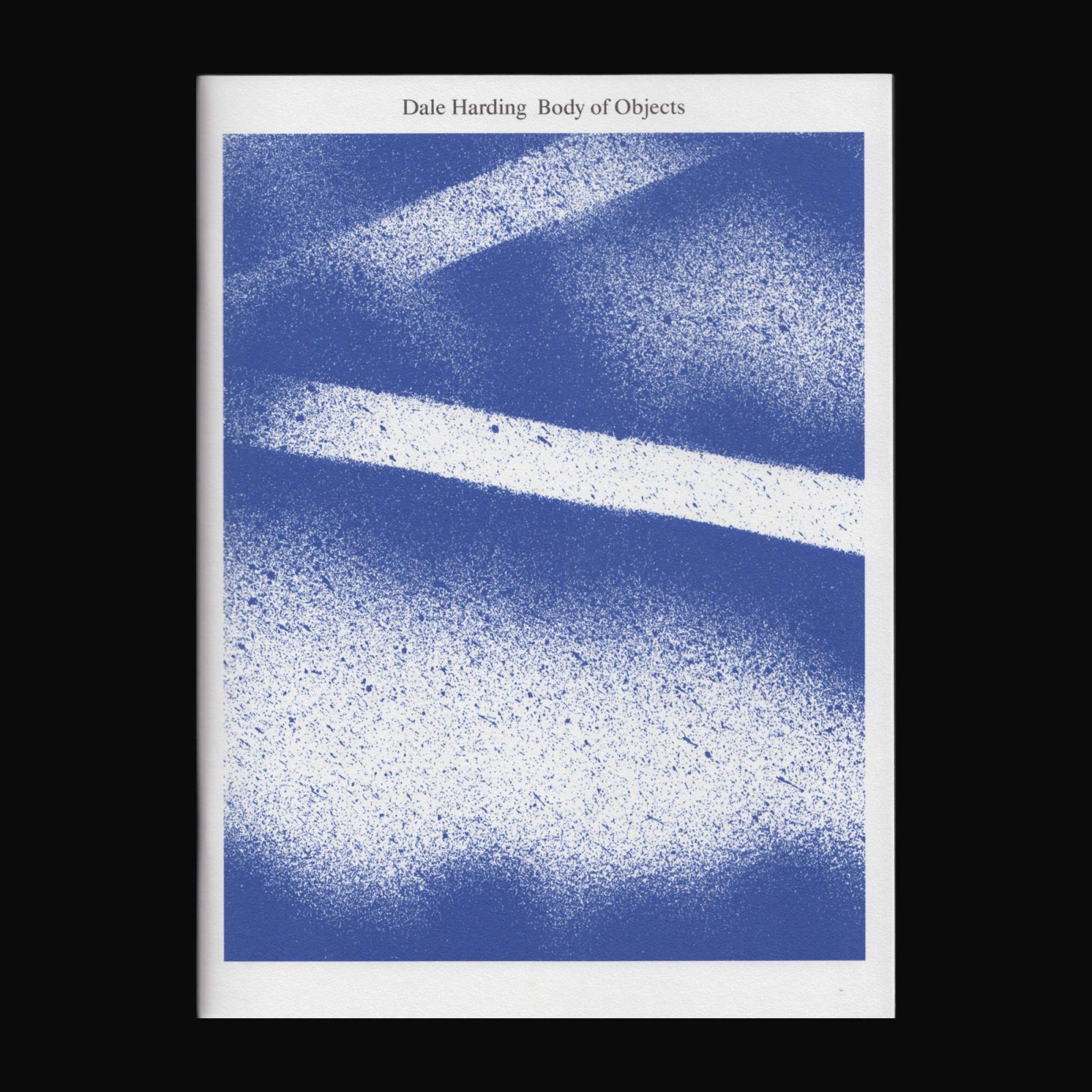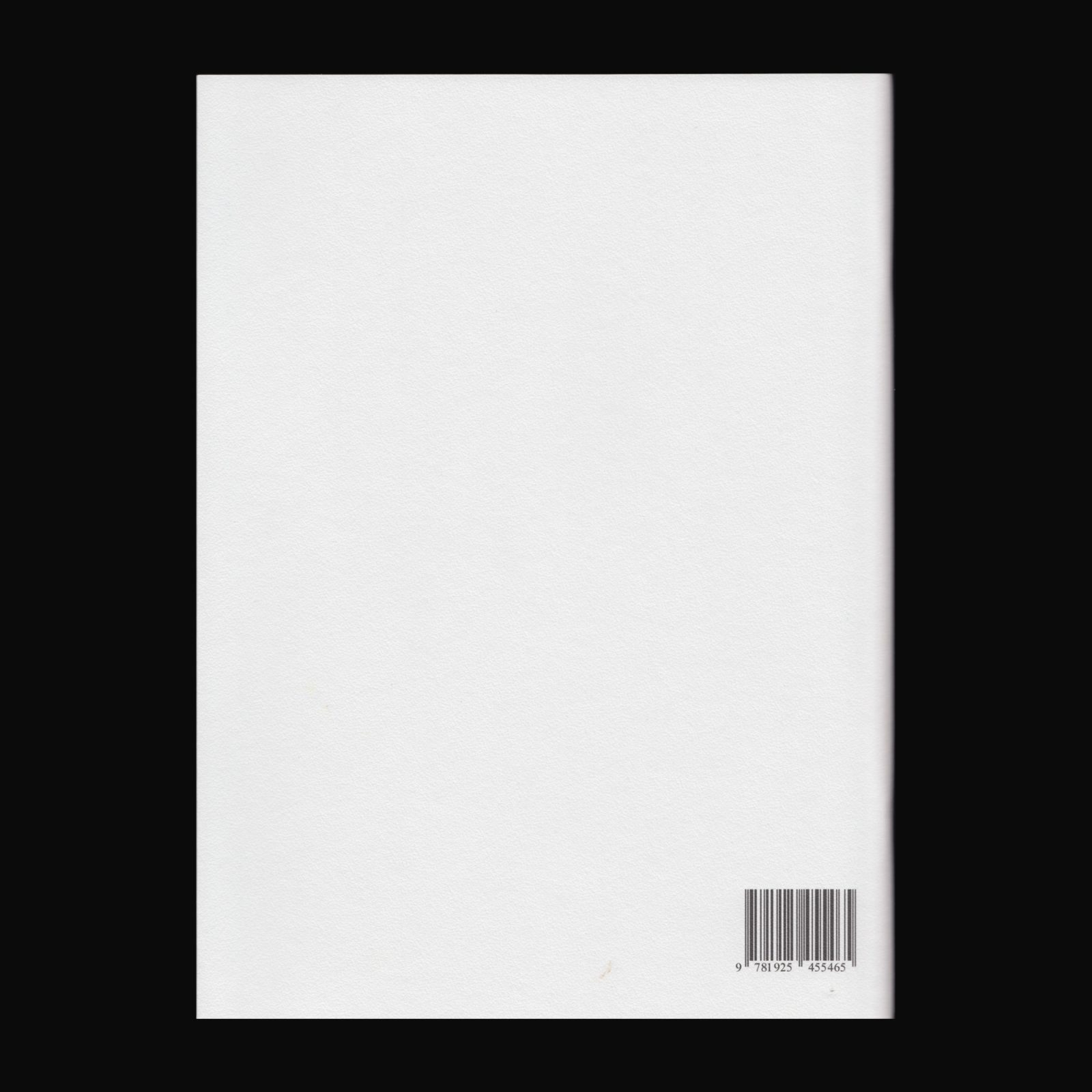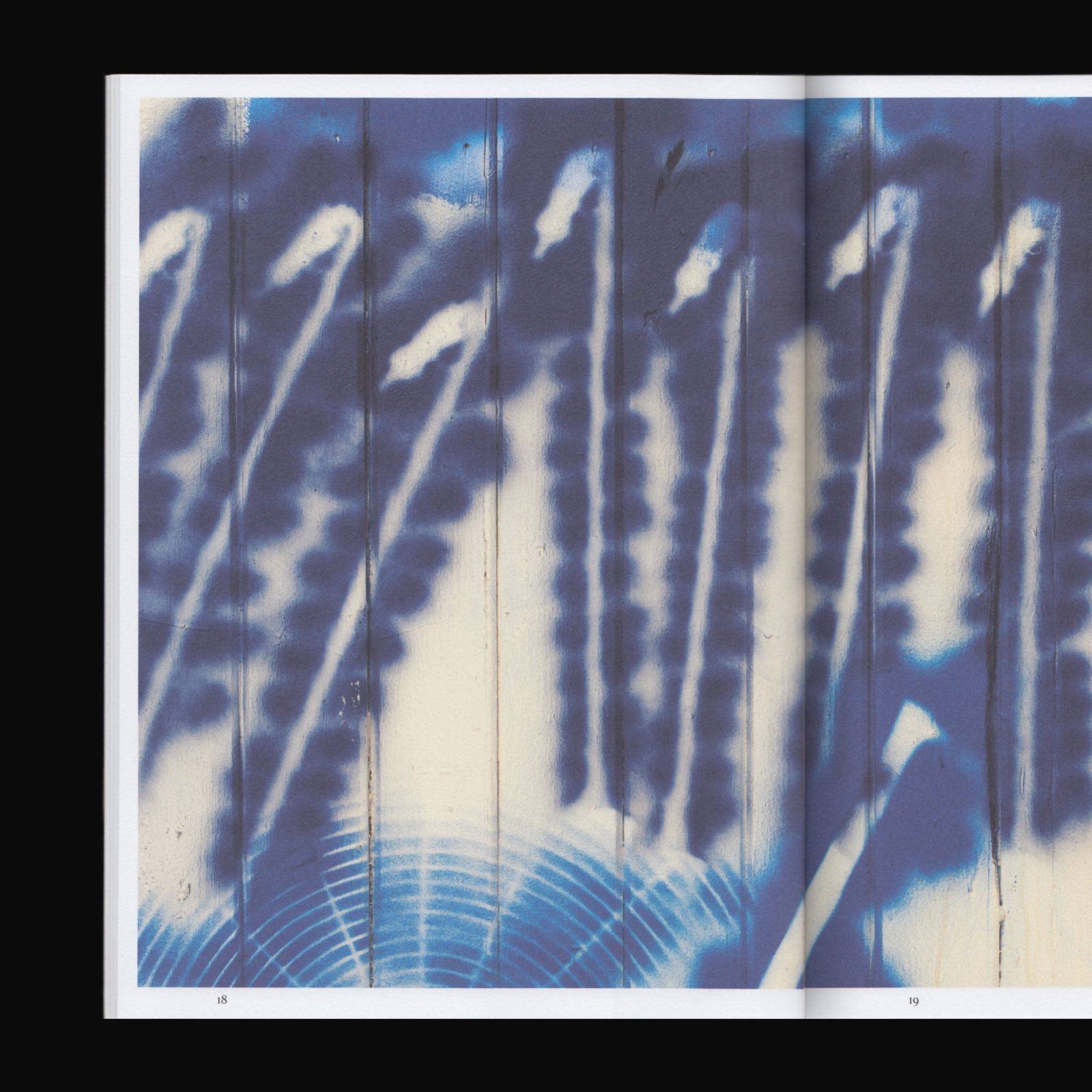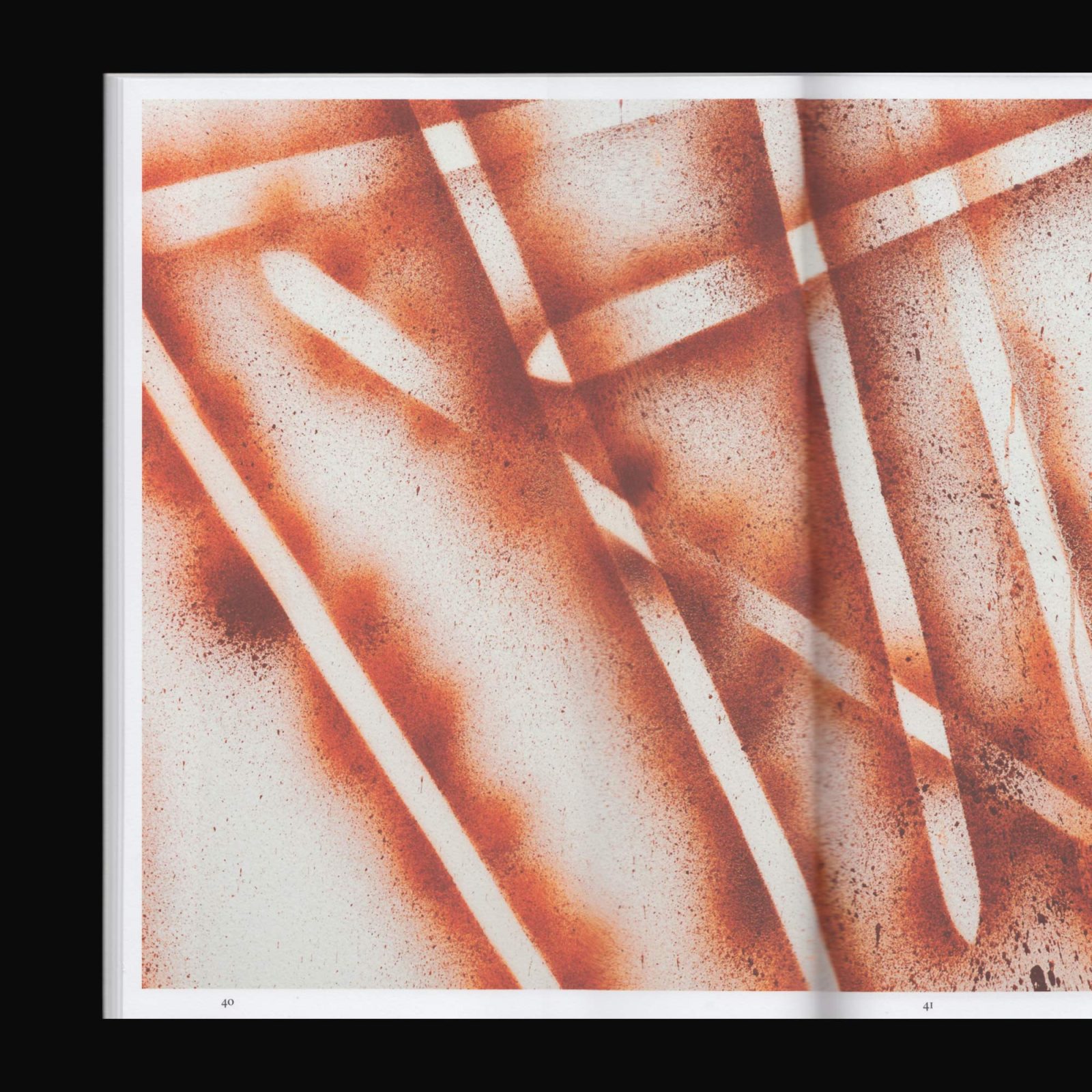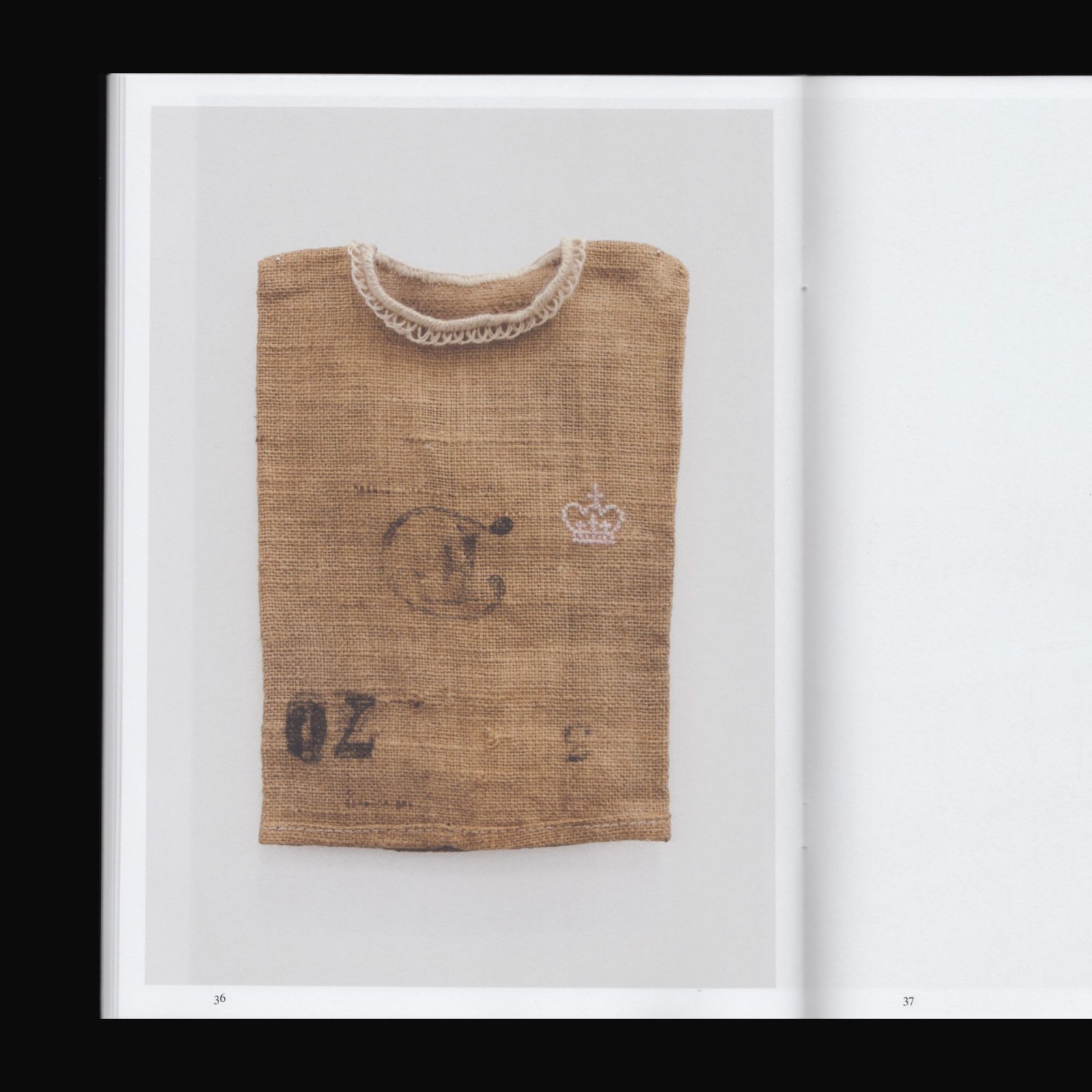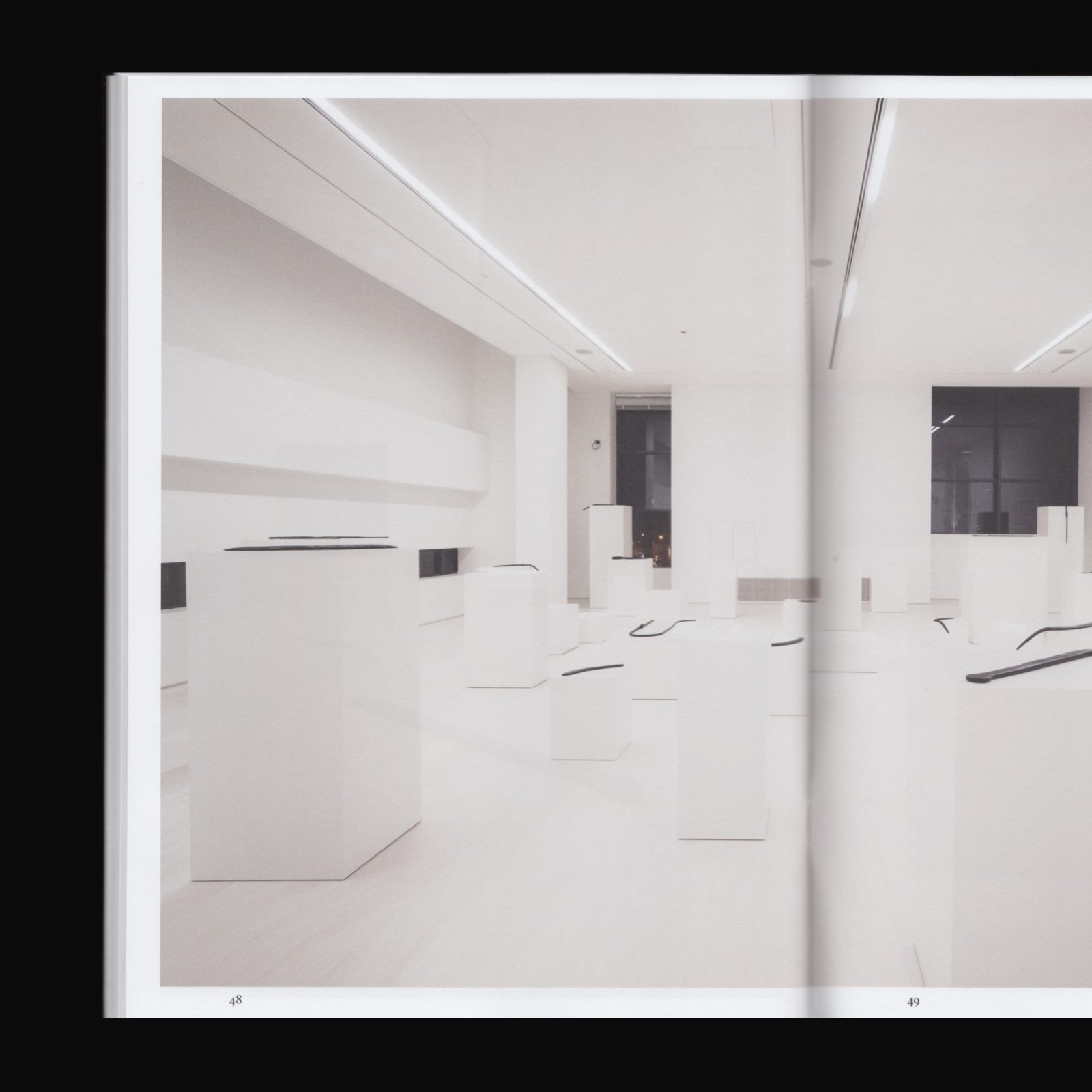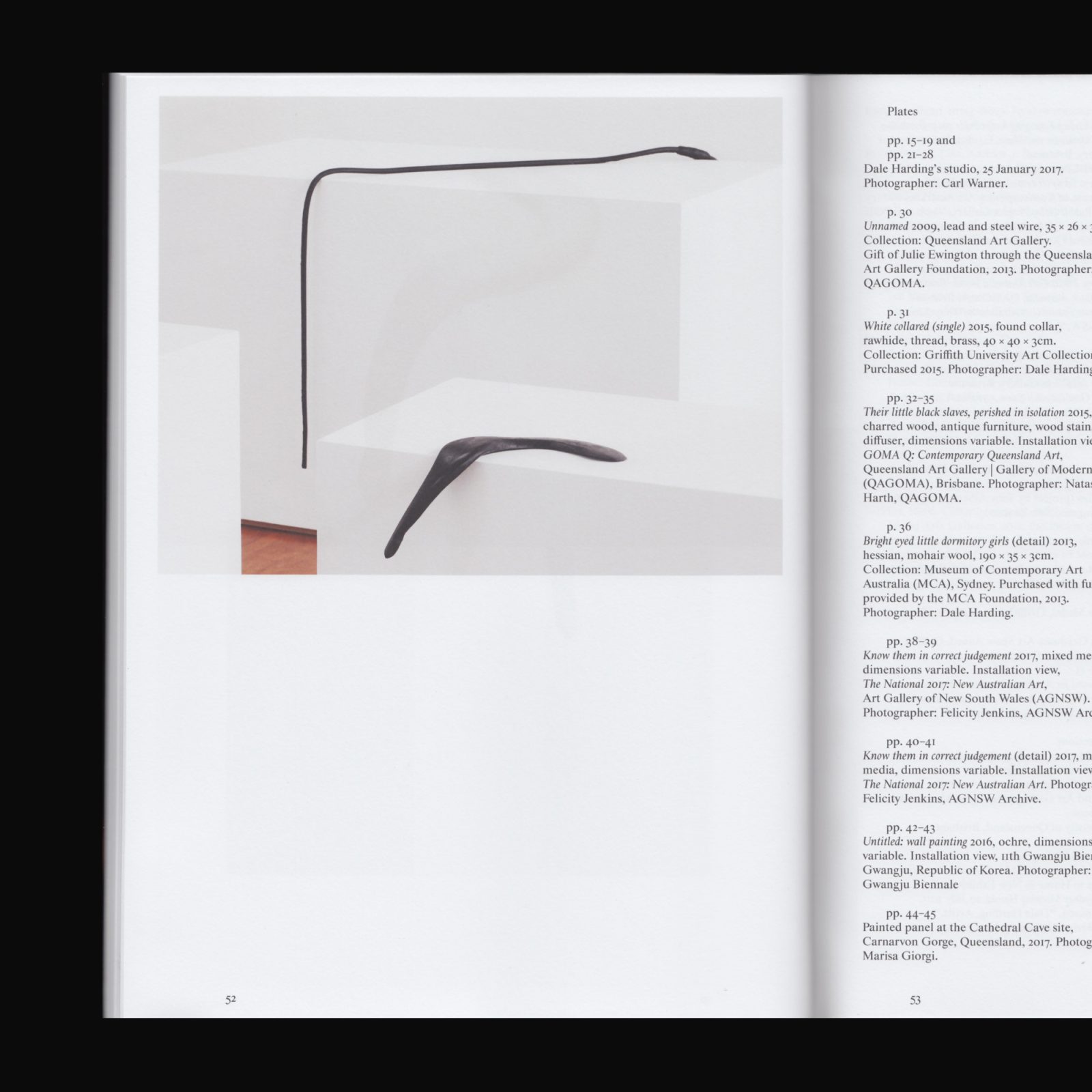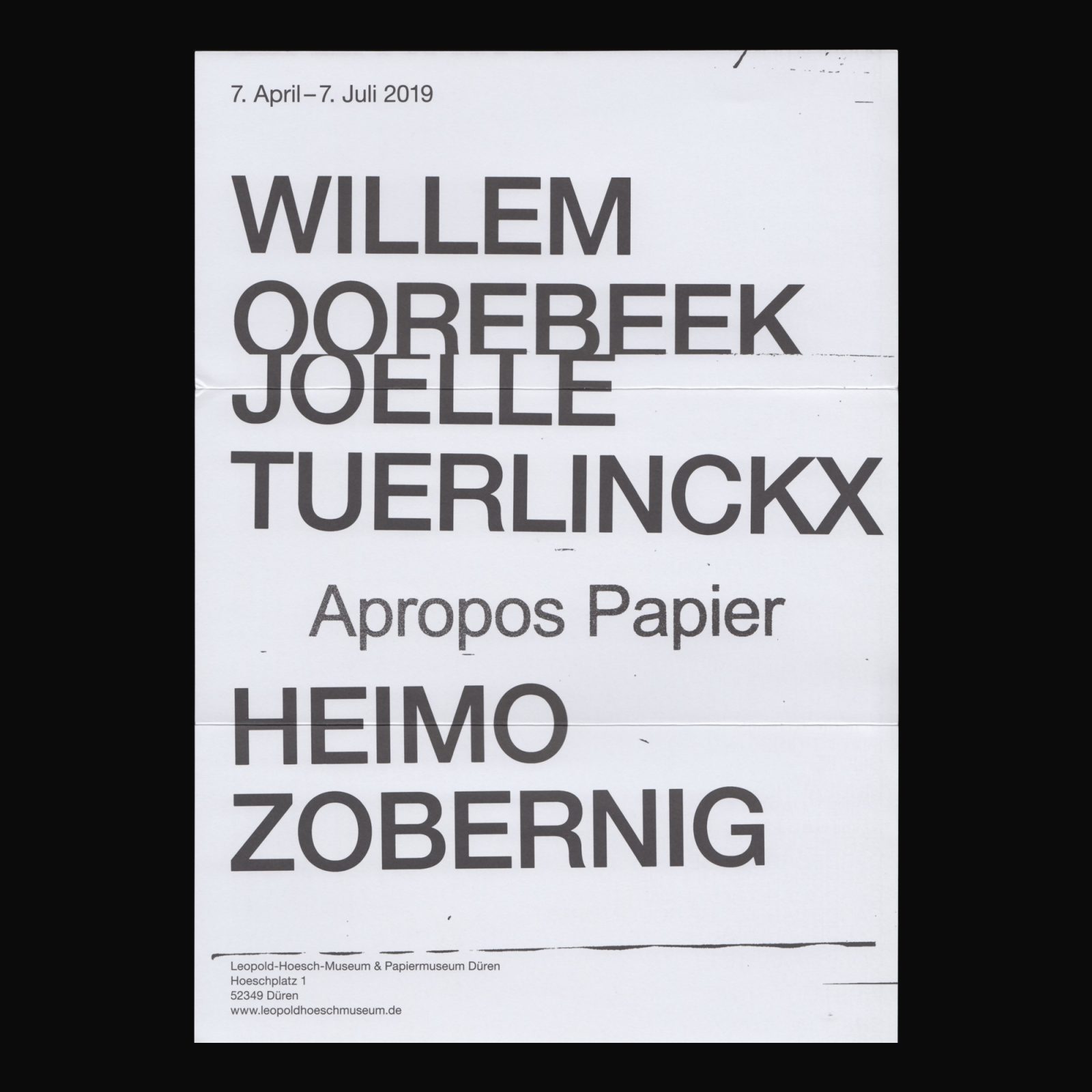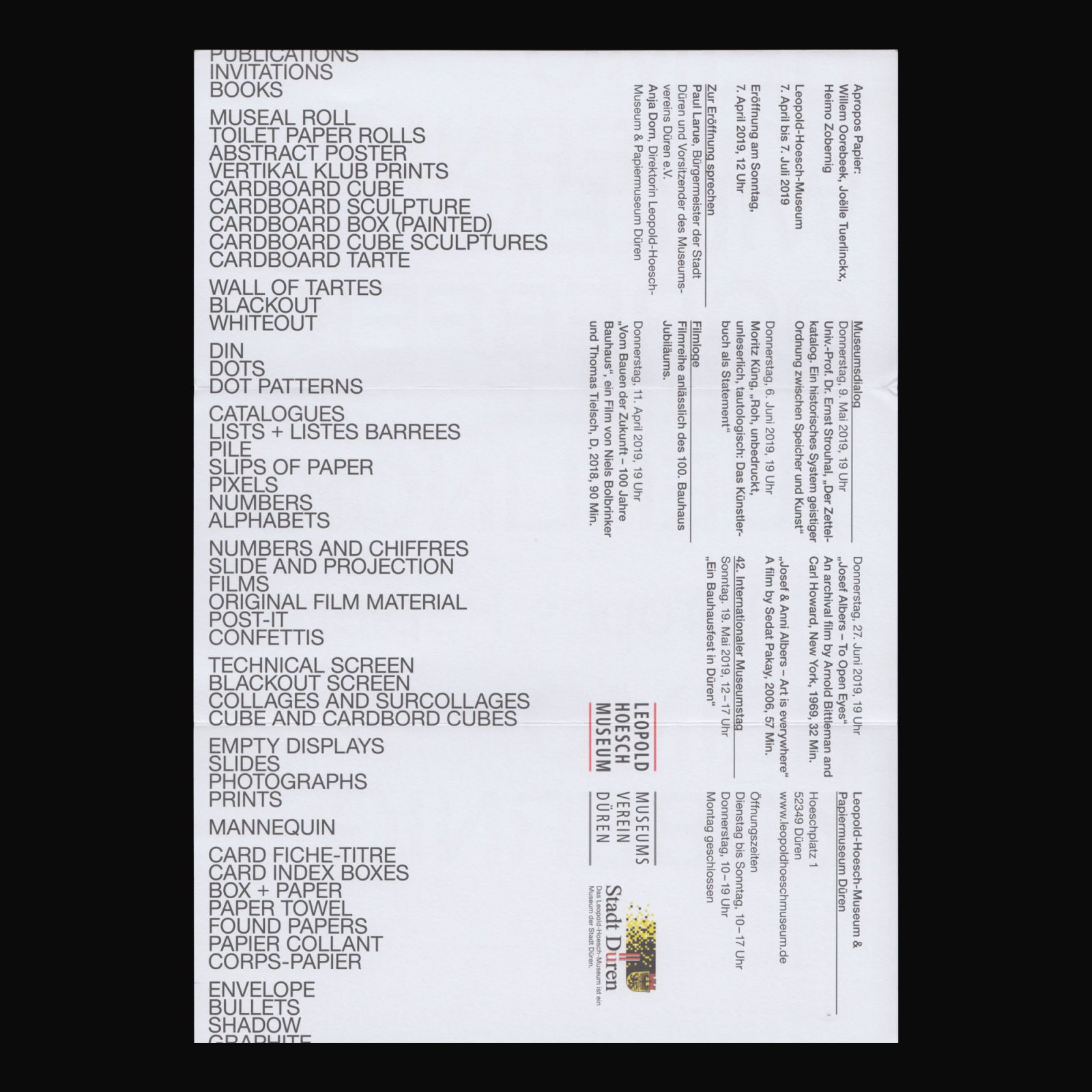A publication printed on the occasion of MOMMY, a group show that considered the mother, with work by Lutz Bacher, Susan Cianciolo, Sonya Hamilton, Anne-Mie Van Kerckhoven, Lynn Hershman Leeson, Eliot Porter, Jeff Preiss, Aura Rosenberg, Diane Simpson, Barbara T. Smith, Frances Stark, and Rosemarie Trockel. It also included new site-specific works by Cathy Wilkes and Anicka Yi, and a performance by Karin Schneider.
Selected writings by Lydia Davis, Doris Lessing, Elena Ferrante, Lisa Baraitser, Silvia Federici, Sara Ruddick, Judith Butler, Lee Edelman, Thomas Nagel, Anne Truitt, and Maggie Nelson.
A PDF of the reader can be downloaded here.
